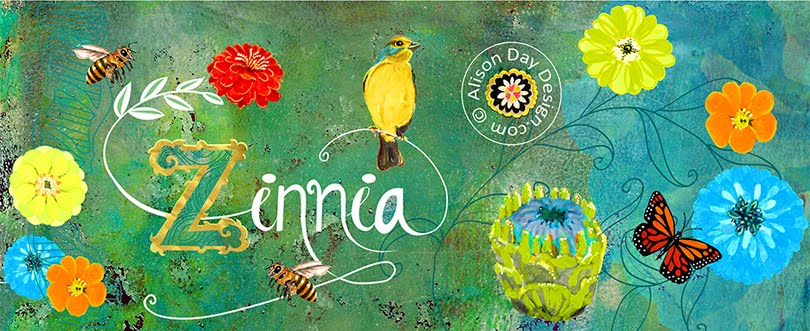This Friese havenstad was once a Viking settlement
due to its easy access to the sea. These days it is home to about 16,000
inhabitants. Its close proximity to the Waddenzee (with its special nature
reserve), regular boat trips to the Waddeneilanden (Wadden islands), the
historical and touristy harbours which one can sail into and easily moor a
yacht or motor boat has meant it is a very popular destination with visitors.
More about the rich culture of Harlingen can be seen
in the perfectly preserved Gemeentemuseum Hannemahuis, a state owned house
turned museum that was previously owned by the family Hannema for over 200
years. The museum includes a look into interior design of the day, tells about
the local tile and pottery industry, and includes paintings, silverware, and
paraphernalia from maritime history. Other museums include the 18 century
Eisinga Planetarium, with its idea of making astronomy accessible to the
general public; the Rock ‘n Roll Museum with memorabilia from the 50’s and 60’s
and The Harlinger Aardewerk (Harlinger Pottery) and Tegelfabriek (Tile Factory)
where tiles are still handmade according to the traditions of the
17 century
For the outdoor enthusiasts there are numerous
things to do. City tours lasting an hour or two, bike tours the routes of which
can be obtained from the VVV (Tourist Office), and a gallery walk with a
diversity of artistic direction and talent awaiting your discovery. South of
Harlingen there is an 88-hectare nature reserve called Hegewiersterfjild),
which is rich in bird and plant life that inhabits a one-time clay quarry from
the 1940’s.
For the fishing enthusiasts there are daily trips on
well-equipped ships from the sport fishers’ fleet who know the best places to
visit. More information and trips can be arranged via the local tourist office.
Accommodation can also be arranged via the local
tourist office. If you are looking for a more unusual place to spend the night
then there is always an old lifeboat equipped with all modern conveniences at
your service, or for a more illuminating experience, the recently pensioned
Harlingen lighthouse. Want to get away from it all? That is possible, in an old
harbour crane (now considered an industrial monument), the interior of which
can be described as ‘snug’, with only enough room for two.
For all this and more their website can be found at
here
©
Alison Day
First
published in the Connections magazine #10
Winter 2006




.jpg)



